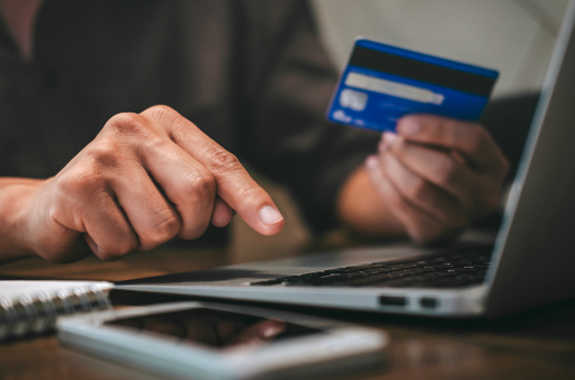Credit card debt can sneak up on you fast! One minute, you’re swiping for small purchases here and there, and before you know it, you’re staring at a balance that feels impossible to pay off. It happens to the best of us. But the good news is, there are ways to get out from under that debt and take control of your financial future. Here are some simple, effective tips to help you pay off your credit card debt—and breathe a little easier.
1. Face the Numbers
It’s easy to ignore your debt when it’s too scary to think about, but the first step to paying it off is knowing exactly what you owe. Make a list of all your credit cards, the balances on each, and the interest rates. This will give you a clear picture of your situation and help you decide where to start.
2. Prioritize High-Interest Debt First
Not all debt is created equal. Credit cards with higher interest rates are costing you more in the long run, so prioritize paying those down first. The faster you tackle the high-interest cards, the less you’ll pay overall. This method is often called the “avalanche method,” and it’s a powerful strategy for minimizing interest payments.
3. Consider the Snowball Method
If the avalanche method feels overwhelming, try the snowball method instead. With this strategy, you pay off your smallest balance first, regardless of the interest rate. This approach gives you a quick win and boosts your motivation. Once the smallest card is paid off, you roll that payment into the next smallest, creating a “snowball” effect as your debt decreases.
4. Pay More Than the Minimum
The minimum payment might seem like the easiest option, but it’s a trap. Only paying the minimum means you’re mostly covering the interest, not the principal balance. Whenever possible, pay more than the minimum each month—even a little extra can make a big difference over time.
5. Set Up Automatic Payments
Life is busy, and missing a payment can happen to anyone. To avoid late fees and higher interest rates, set up automatic payments. Even if you can only automate the minimum payment, it’ll help keep you on track and protect your credit score.
6. Cut Unnecessary Expenses
Do you really need that subscription to five different streaming services? How often do you order takeout instead of cooking at home? Cutting back on some non-essential expenses, even temporarily, can free up extra cash to put toward your debt. It’s not forever, but it’s worth the sacrifice for long-term financial peace.
7. Consolidate Your Debt
If you have multiple credit cards with high interest rates, consolidating your debt can simplify your payments and potentially lower your interest rate. You can look into balance transfer credit cards, personal loans, or even a home equity loan if that’s an option. Just make sure to do your research, so you don’t end up paying more in the long run.
8. Stay Focused on Your Goal
Paying off debt can take time, but it’s important to stay motivated and celebrate the small victories. Whether it’s paying off one card or reducing your balance by a few hundred dollars, give yourself credit for the progress you’re making. You’ve got this!
9. Use FamilySafeBox to Organize Your Finances
One great way to stay on top of your debt repayment plan is by using FamilySafeBox to organize your financial information. Not only will it help you track your progress, but you can also keep important details like account numbers, payment schedules, and interest rates all in one place. And as an added bonus, it ensures your loved ones can access this information in case of an emergency.
Final Thoughts
Paying off credit card debt doesn’t happen overnight, but with a solid plan and some discipline, it’s absolutely achievable. Take the first step today by facing your balances, making a plan, and chipping away at that debt. Future you will thank you for it!

